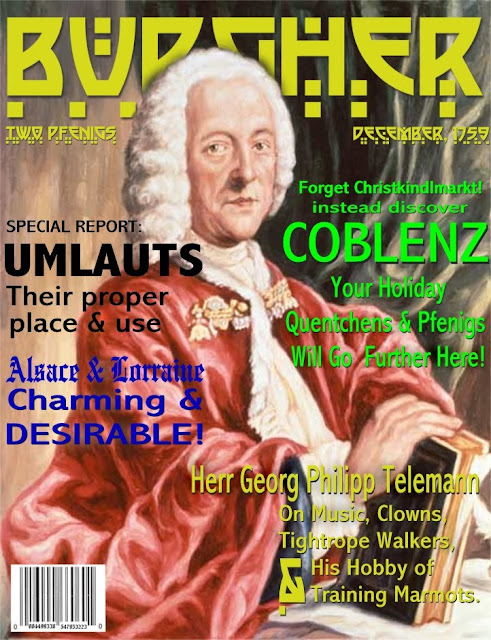Copyright 2009 Stuart Koblentz
Ahhh, Gourmand Magazine! The magazine of conspicuous consumption! The magazine renowned for its celebration of shear, and unapologetic, gluttony that reached its Zenith in the era of American Splendor in the late 19th Century. Appearing on each cover was the motto of the periodical, "Jus est Vita", which roughly translated into English as meaning "Gravy is Life". Each month, readers were taken to places that they could only imagine. Bakeries, confectioners, beef houses and Bavarian Breweries - where those with a lush desire for nothing but the best (and as much of it as it was humanly possible to consume) could be had. Even Hetty Green was a subscriber - long cold nights spent lovingly looking through the lush pages, representing the unbridled desire that even the Witch of Wall Street could not supress. That is the real meaning of Kismet.
Two things lead to the eventual closure of Gourmand, however. First, there were very, very short life spans of the readers who seemed to be plagued with all manner of health problems. Gout, apoplexy, catarrh, lumbago and bursitis - all doomed the readership. And if that wasn't enough, there was the Progressive Era, with all of its repudiations and stances on going back to nature and eating diets that couldn't keep a squirrel alive let alone a 450 pound man who would have a Chateaubriand for a night time snack and think nothing of it. Oh, the dreams we had those nights as well.

























